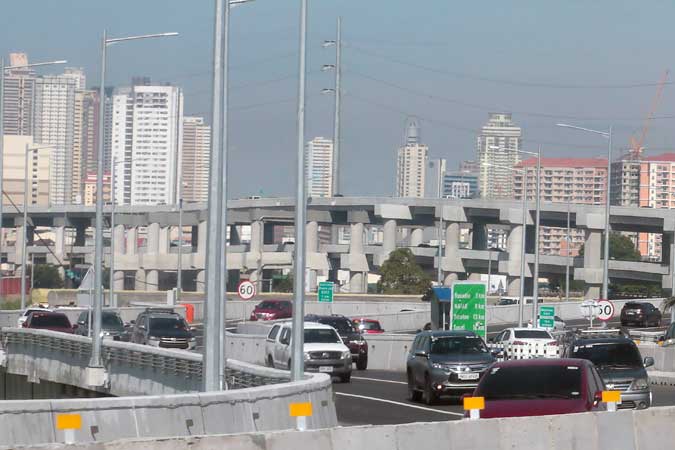MOODY’S INVESTORS SERVICE slashed its 2021 growth forecast for the Philippines to 5.8%, saying the pandemic remains an “acute challenge” for the economy.
Economic managers, on the other hand, expressed optimism the Philippines will hit the full-year gross domestic product (GDP) growth target of 6-7%, after seeing indications of a “pretty good” second quarter.
“We think (second-quarter GDP figures) are going to look pretty good. But I’m not going to say exactly what they are now. From what we’ve seen in May, where our unemployment numbers have dropped, our underemployment has dropped, and the fact that we have created about 2.5 million new jobs over the last year, seems to be good signs for us,” Finance Secretary Carlos G. Dominguez III told Bloomberg TV on Wednesday.
In May, the country’s unemployment rate fell to 7.7%, down from the 8.7% recorded in April, as quarantine restrictions gradually eased.
Socioeconomic Planning Secretary Karl Kendrick T. Chua in a separate Viber message said that data on trade, manufacturing and mobility “all point to a much better second-quarter growth.”
The economy contracted by 4.2% in the first quarter, after a record 9.6% slump in 2020.
The Philippine Statistics Authority (PSA) will report second- quarter GDP data on Aug. 10.
For Moody’s, the reimposition of strict lockdown measures to curb a spike in coronavirus disease 2019 (COVID-19) infections from late March to April hurt the Philippines’ recovery prospects.
“Recent containment measures imposed since March 2021, although more lenient than the severe lockdowns imposed in 2020, will threaten our expectation of a sharp rebound in real GDP growth in 2021,” it said in a note on Wednesday.
Moody’s latest estimate is much lower than the 7% it gave in January and is also below the government’s 6-7% target growth.
It also projected the country’s GDP to grow by 6.5% in 2022, “supported by an improvement in consumer spending and investment amid fiscal support.” This is also lower than the 7-9% GDP growth target set by the government.
“However, the degree and pace of recovery are subject to uncertainties related to the coronavirus pandemic, as well as the progress on vaccination,” Moody’s said.
The government has administered 15.6 million COVID-19 vaccine doses as of July 20, according to Malacañang. Around five million have received the second dose.
Amid a pickup in the pace of the vaccine rollout, the number of COVID-19 infections remains elevated, with 6,560 new cases reported on Wednesday. This brought the number of active cases to 47,996.
The announcement of the first locally transmitted cases of the fast-spreading Delta variant has raised fears this may trigger another surge in infections, and possibly a return to a strict lockdown.
Moody’s in July last year affirmed its “Baa2” with a “stable” outlook for the Philippines in July last year.
BANKING SECTOR RISKS
Meanwhile, Moody’s noted the Philippines’ banking macro profile is “moderate+,” matching that of Thailand, Indonesia, and China.
The macro profile gauges systemwide factors that are predictive of the probability of banks to fail, including the strength of an economy, institutions and governance strength, susceptibility to event risk, funding conditions, and industry structure.
“We incorporate a one-notch negative adjustment for credit conditions to capture the risks associated with rapid credit growth in excess of nominal GDP in recent years, particularly considering the elevated real estate exposure in the banking system,” it said.
Moody’s also noted how credit in the country fell 1% last year due to the pandemic-induced recession.
“We expect credit growth to rebound to around 5% in 2021 and 15% in 2022 as BSP maintains record-low policy rates and lower banks’ reserve requirements to encourage lending,” it said.
The credit rater noted that the accommodative stance of the Bangko Sentral ng Pilipinas (BSP) and plans to further reduce reserve requirements will provide support for banks’ liquidity amid uneven economic recovery.
“Prudent fiscal management has contributed to the large improvement in the Philippines’ fiscal metrics over the past decade, while the BSP has established a strong track record of maintaining broad monetary and financial stability,” it added. — Luz Wendy T. Noble and Beatrice M. Laforga

